mpressive strength of block ncrete
2021-02-10T03:02:01+00:00
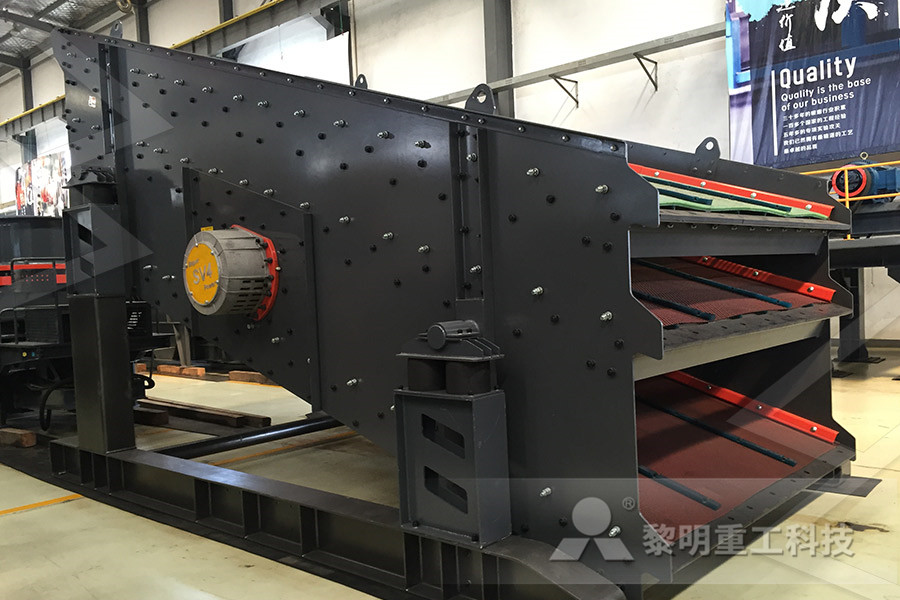
Compressive strength of concrete block in N/mm2
Compressive strength of concrete block in N/mm2 kg/cm2, on average, it range from 75 to 125N/mm2 or 75 to 125kg/cm2 for hollow/ solid CMU It is observed that the compressive strength of the blocks varies in a non linear pattern with the quantity of additive Initially the compressive strength increases until a peak value is attained and decreases thereafter The maximum compressive strength has been found to be 36 MPa for the value of additive quantity as 148%Compressive Strength of Interlocking Concrete Pavement Compressive strength of concrete Blocks or concrete masonry units are required to know the suitability of these in construction works for various purposes Concrete masonry blocks are generally made of cement, aggregate and water Which are usually rectangular and are used in construction of masonry Testing of Concrete Masonry Blocks for Compressive

Compressive strength and deformation characteristics
The compressive strength is one of the prime properties for the design of masonry walls in various loading situations Subsequently, several research studies have been dedicated in the past to investigate the compressive behaviour of concrete block masonry [,,,,,,, ]Hence, one can note there is an inconsistency in the approach of designing and constructing concrete block masonry with various mortar types in different codes of practice The random exclusion of specific mortar types for the determination of compressive strength of concrete block Compressive strength and deformation characteristics The compressive strength of AAC block masonry is less than that of the compressive strength of individual AAC block The average compressive strength of masonry using different proportions of cement–sand mortar ranged from 196–258 N/mm2 (MPa), whereas the average compressive strength of individual AAC block Compressive strength of AAC Block Test procedure

The prediction of compressive strength of ungrouted
The objective of this paper is to develop a simple and accurate empirical formula to predict the compressive strength of ungrouted hollow concrete block masonry f m ′A large database of compressive test results on masonry prisms reported in the Title: Compressive Strength Prediction of Hollow Concrete Block Masonry Prisms Author(s): K Ramamurthy, V Sathish, and R Ambalavanan Publication: Structural Journal Volume: 97 Issue: 1 Appears on pages(s): 6167 Keywords: compressive strength; concrete blocks; masonry; mortars (material); prisms; tests Date: 1/1/2000 Abstract:Compressive Strength Prediction of Hollow Concrete The average results of compressive strength, flexural strength, horizontal shear strength, and diagonal shear strength for the 3 hollow concrete block masonry walls specimens are presented in Table 6 and the average strength of hollow concrete block masonry walls was found to be greater than brick masonry walls One reason for the higher The strength of hollow concrete block walls,

Properties of Concrete Blocks — Strength
In the use of concrete blocks for the walls of buildings, the stress to which they are subjected is almost entirely one of compression In compressive strength wellmade concrete does not differ greatly from ordinary building stone It is difficult to find reliable records of tests of sand and gravel concrete, 1 to 4 and 1 to 5, such as is used in making blocks; the following figures show strength of concrete of COMPRESSIVE STRENGTH FOR CONCRETE BLOCK MASONRY BASED ON THE PROPERTIES OF CONSTITUENT MATERIALS Robert G Drysdale Professor Dept ofCivil Engineering and Engineering Mechanics McMaster University, Hamilton Ontario, Canada, L8S 4L 7 ABSTRACT PingGuo PostDoctoral FelJow Dept ofCiviJ Engineering and Engineering MechanicsCOMPRESSIVE STRENGTH FOR CONCRETE BLOCK Thomas Armstrong’s Concrete Block Technical Guidance provides advice on concrete block strength, compressive strength and storey height Our concrete blocks are suitable for use in meeting the UK structural Building Regulations and codes currently in use including Approved Document A of the Building Regulations, BS 5628, BS EN 19961 and BS 8103Technical Guidance Concrete Block Strength

Compressive Strength of Concrete Concrete Cubes
Compressive strength as per American Codes In case of American codes, compression strength is defined in terms of cylinder strength fc’ Here compressive strength of concrete at 28 days curing is obtained from a standard cylindrical specimen 150mm diameter and 300mm high loaded longitudinally to failure under uniaxial compression loadingThis study investigated the compressive strength of double H concrete block masonry prisms A total of 42 (ie, nine ungrouted, 15 halfgrouted, and 18 fullgrouted) specimens were tested under uniaxial compression The effects of mortar strength, grouting, and grout strength on the compressive strength of the prism were pressive Strength of Double H Concrete Block The compressive strength of the concrete and concrete testing is must known information in structural design Compressive strength is initially checked by doing mix design to make sure the grade of concrete considered in the structural design is achieved Concrete cube testing or cylinder testing is done to check the development of the strength Compressive Strength of Concrete and Concrete

Compressive Strength Prediction of Hollow Concrete
Title: Compressive Strength Prediction of Hollow Concrete Block Masonry Prisms Author(s): K Ramamurthy, V Sathish, and R Ambalavanan Publication: Structural Journal Volume: 97 Issue: 1 Appears on pages(s): 6167 Keywords: compressive strength; concrete blocks; masonry; mortars (material); prisms; tests Date: 1/1/2000 Abstract: This paper discusses the results of a systematic oriented horizontally, the compressive strength of the blocks is increased by 4743% when 3 meshes are laid if compared with non reinforced block And when 6 meshes are laid increase in strength can be achieved if compared with non reinforced block To Increase Compressive Strength of Ferrocrete Block Compressive Strength Oven Dry Weight Concrete Weight Water Absorption in in in Face ShellWeb in2 % Gross Area psi Net Area lb Ib/ft^ 8in block 75/875/8 1519/3215/161 11890 52 4230 2971 10820 1132 6in 55/875/8 155/8 1 1 8789 55 4080 2278 10509 1221 block a Compressive strength of slender concrete masonry walls

Properties of Concrete Blocks — Strength
In the use of concrete blocks for the walls of buildings, the stress to which they are subjected is almost entirely one of compression In compressive strength wellmade concrete does not differ greatly from ordinary building stone It is difficult to find reliable records of tests of sand and gravel concrete, 1 to 4 and 1 to 5, such as is used in making blocks; the following figures show Characteristic strength of concrete is their compressive strength which can be determined by axial compression test on cubic concrete block or cylinder shape If Compression test is carried on cubic concrete block, when tested with cube size 15cm × 15cm × 15cm, that’s known as Cubic test and their strength is called cubic strengthTypes of concrete grade and their strength as per Thomas Armstrong’s Concrete Block Technical Guidance provides advice on concrete block strength, compressive strength and storey height Our concrete blocks are suitable for use in meeting the UK structural Building Regulations and codes currently in use including Approved Document A of the Building Regulations, BS 5628, BS EN 19961 and BS 8103Technical Guidance Concrete Block Strength

Compressive Strength of Concrete Concrete Cubes
Compressive strength as per American Codes In case of American codes, compression strength is defined in terms of cylinder strength fc’ Here compressive strength of concrete at 28 days curing is obtained from a standard cylindrical specimen 150mm diameter and 300mm high loaded longitudinally to failure under uniaxial compression loadingThis study investigated the compressive strength of double H concrete block masonry prisms A total of 42 (ie, nine ungrouted, 15 halfgrouted, and 18 fullgrouted) specimens were tested under uniaxial compression The effects of mortar strength, grouting, and grout strength on the compressive strength of the prism were pressive Strength of Double H Concrete Block 210 The compressive strength of each block is recorded to the nearest 01 N/mm2, by dividing the maximum load by the plan area and multiplying by the appropriate factor given in Table 3 of BS 6717 (See Note on page 20) Title: 0102Precast Concrete Paving Blocks Compressive Strength 01 02 Precast Concrete Paving Blocks Compressive
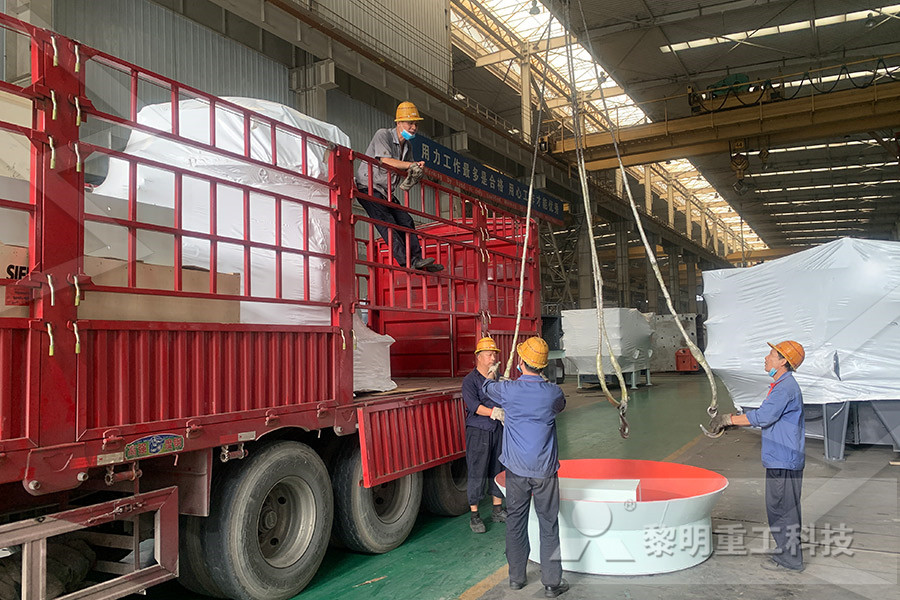
To Increase Compressive Strength of Ferrocrete Block
oriented horizontally, the compressive strength of the blocks is increased by 4743% when 3 meshes are laid if compared with non reinforced block And when 6 meshes are laid increase in strength can be achieved if compared with non reinforced block **Ratio of compressive strength of masonry prism to compressive strength of block tested, airdry, on edge for the masonry prisms is plotted against mortar proportion in Figure 5, and masonry strength ratios modified to allow for the directional strength variations in the blocks, are also shown 10 f INFLUENCE OF BLOCK ORIENTATION ON THE A concrete brick from the same mixture used to produce a concrete block may have a higher apparent compressive strength than its block counterpart The shape effect contributes as does the degree of consolidation during manufacturing and the effectiveness of unit PRESSIVE STRENGTH TESTING VARIABLES FOR

STRENGTH AND ELASTIC PROPERTIES OF AERATED
compressive strength of prisms and wallettes, flexural strength and shear bond strength All the details of the studies were reported extensively in this paper Keywords: Aerated concrete block (ACB), Initial rate of absorption (IRA), Dry density, Compressive strength, Modulus of Elasticity, Shear strength, Flexural strengthWhen using the recalibrated unit strength table above, a concrete masonry unit complying with the minimum requirements of ASTM C90 and laid in Type S or M mortar produces an assembly compressive strength of 2,000 psi (138 MPa), which is substantially larger than the historical default minimum of 1,500 psi (103 MPa) used for the specified What is the minimum required compressive strength Compressive strength of the masonry prism predicted by the proposed FE model has been compared with experimental values as well as the values predicted by other failure theories and Eurocode formula The crack pattern predicted by the FE model shows vertical splitting cracks in the prismPrediction of solid block masonry prism compressive
- russia gyratory crusher
- hammer replacement for hammer millcrusher
- Quartz Sand Production Line Crusher For Sale
- high quaility iron ore wet grinding ball mill
- Tantalite Sellers In Zimbabwe
- how many ways the bauxite ore trade
- Concrete Amp Asphalt Grinding
- Magnetite Beneficiation To Remove Silica Percent
- mini stone crusher hire north devon 7c manganese crusher
- High Efficience Stone Crushing Machine Pf Impact Crusher
- Modren Iron And Steel Making By Rh Tupkary
- malaysia pfw european type jaw crusher supplier
- crusher machine used for building material
- grinding raymond mill for sale
- Used Iron Ore Impact Crusher Provider
- mobile lead acid crusher
- gypsum mills property for sale
- Mining Security Considering
- Production Distribution Of Iron Ore Algeria
- suppliers of used gold mining equipments in south korea
- china top mining equipments
- stone crushing bowl
- sand dredging equipment
- Excise On Stone Crusher Unit
- al mill cemag mpany lm 20 2d
- Hf Free Flotation Of Feldsparhfi Tube Mills Suppliers
- magnetite sands processing machinery
- 3 fts ne crusher used
- Belt Conveyor In Iron Mines In Pdf
- mets crusher plant 200 tph priceproject
-
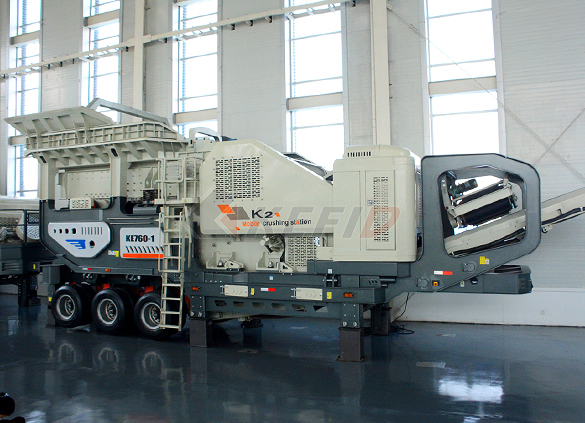
Primary mobile crushing plant
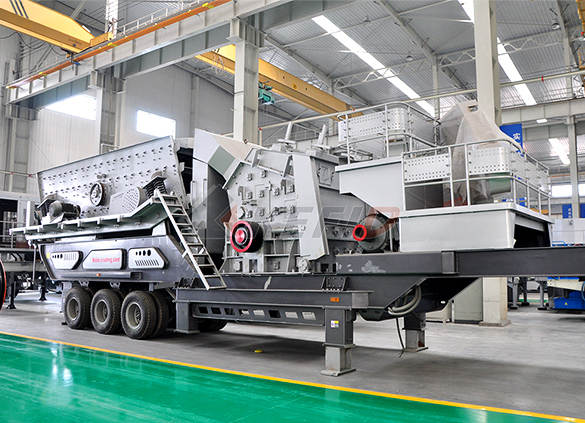
Independent operating combined mobile crushing station
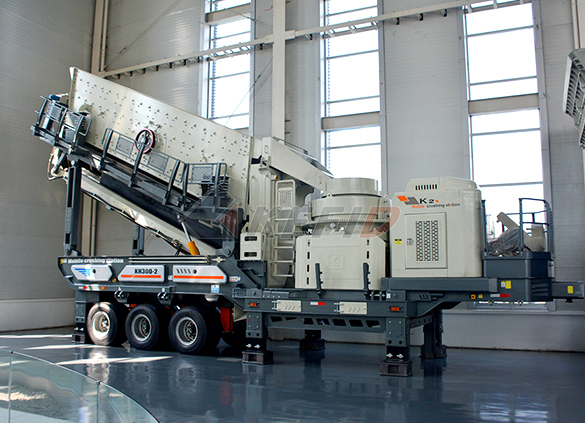
Mobile secondary crushing plant
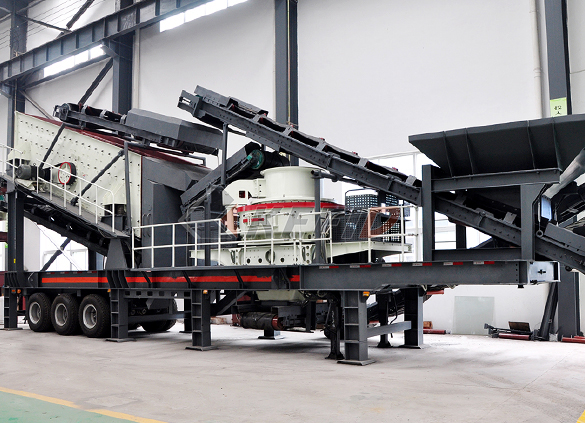
Fine crushing and screening mobile station
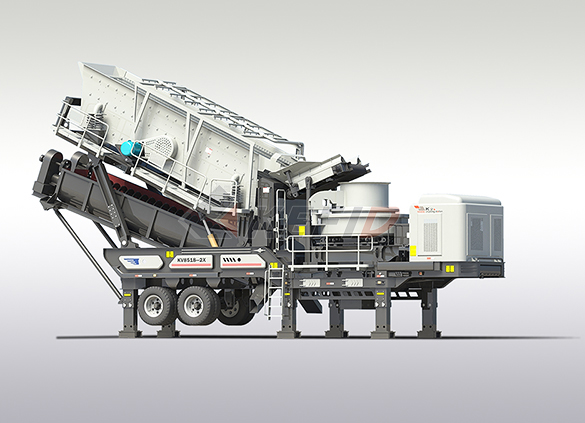
Fine crushing & washing mobile station

Three combinations mobile crushing plant
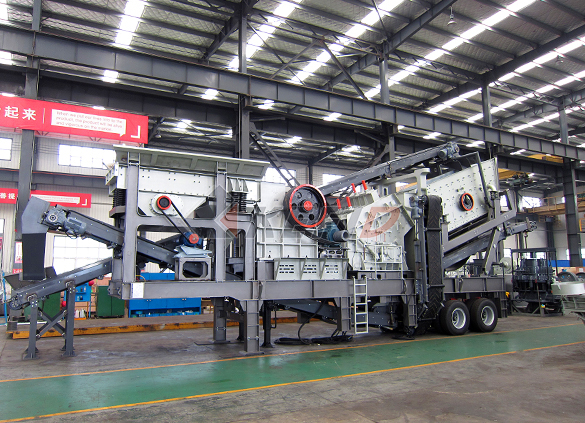
Four combinations mobile crushing plant
-

HGT gyratory crusher
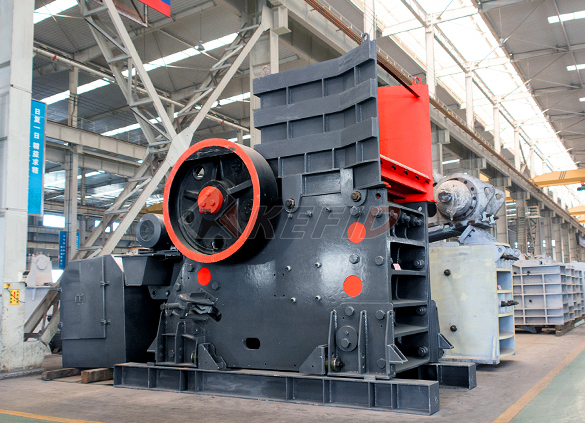
C6X series jaw crusher

JC series jaw crusher
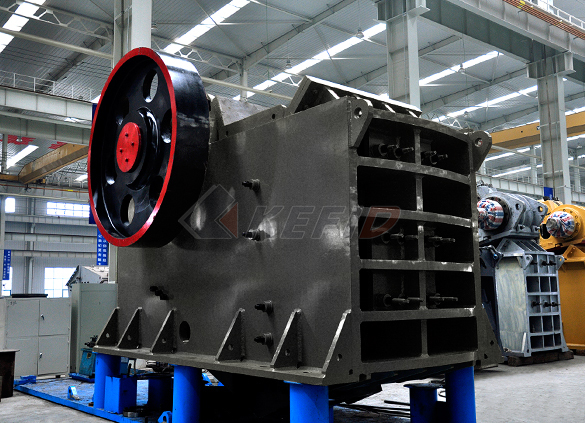
Jaw crusher
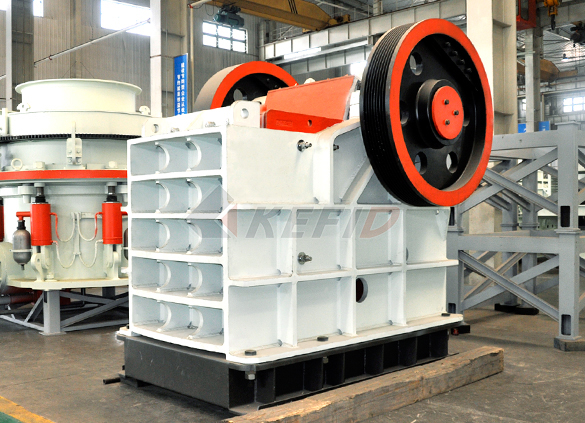
HJ series jaw crusher

CI5X series impact crusher
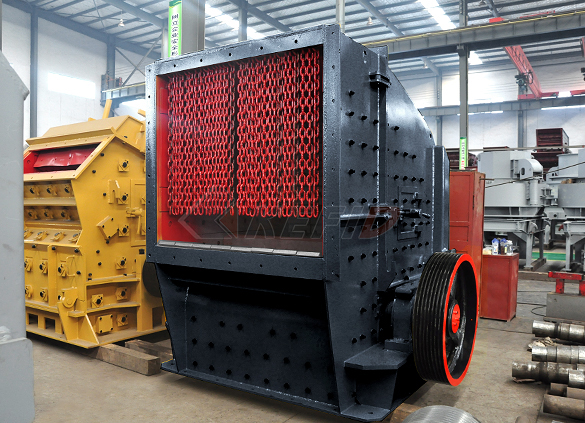
Primary impact crusher

Secondary impact crusher
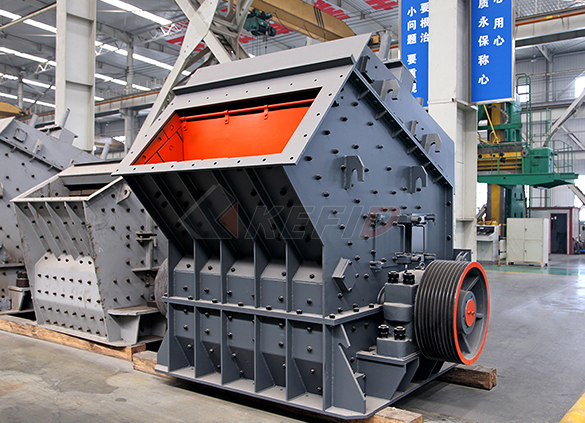
Impact crusher

HPT series hydraulic cone crusher

HST hydraulic cone crusher

CS cone crusher
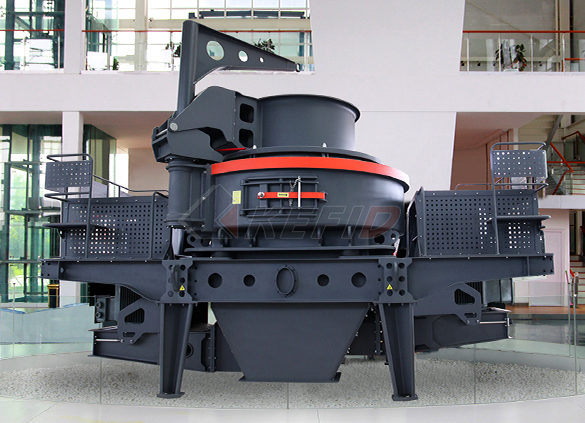
VSI6S vertical shaft impact crusher
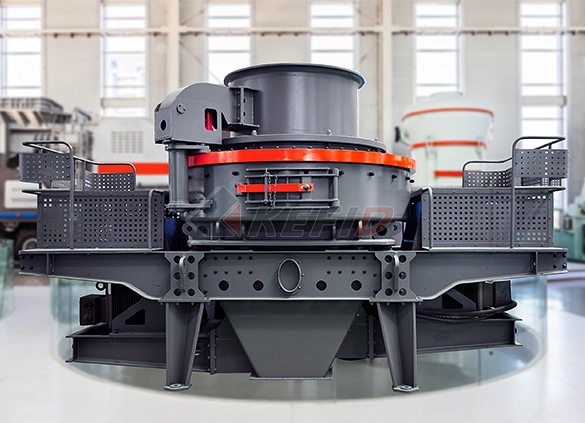
Deep rotor vsi crusher

B series vsi crusher
-

Vertical grinding mill
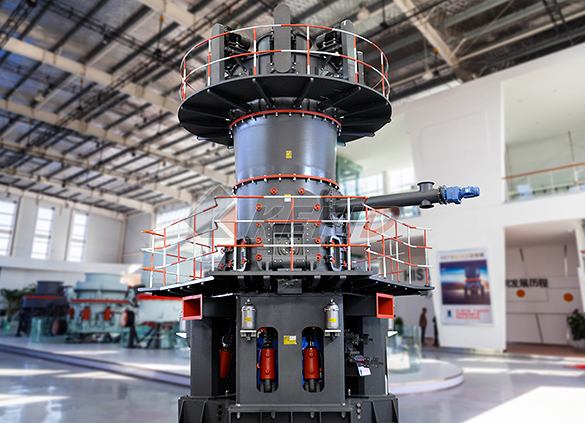
Ultra fine vertical grinding mill
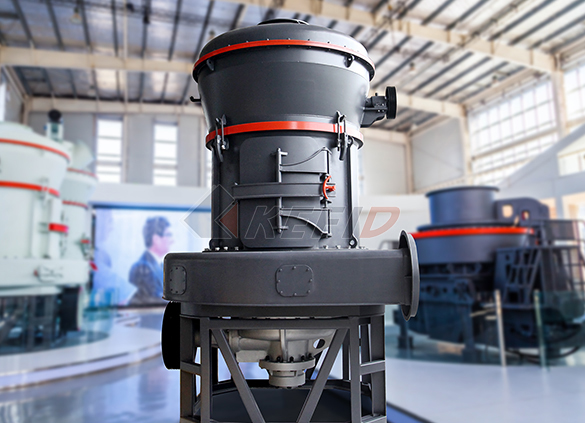
MTW european grinding mill
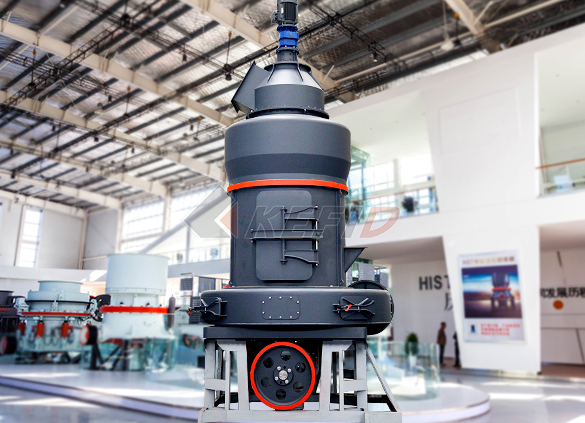
MB5X158 pendulum suspension grinding mill

Trapezium mill
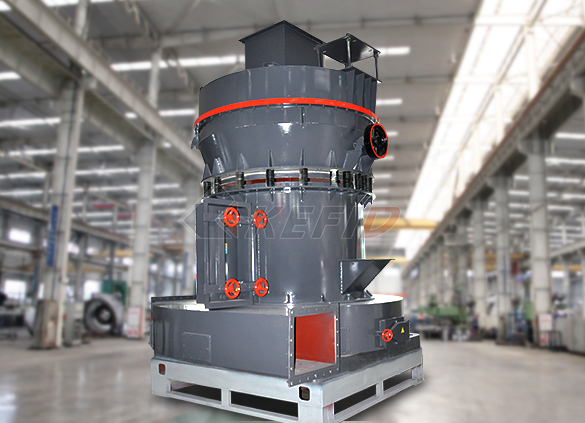
T130X super-fine grinding mill

Micro powder mill

European hammer mill
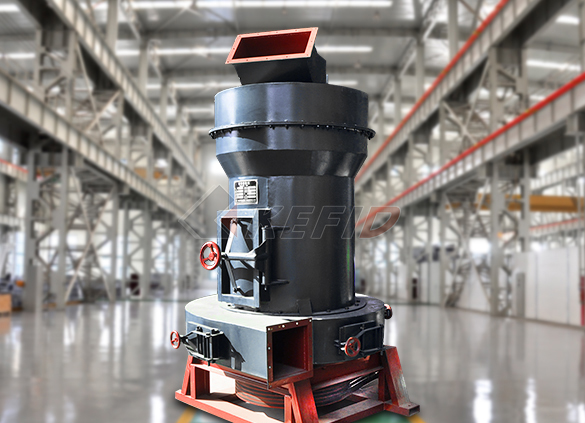
Raymond mill

Ball mill
-

GF series feeder

FH heavy vibrating feeder
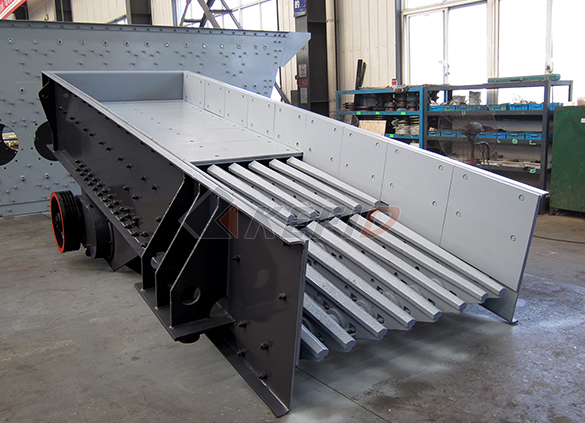
TSW series vibrating feeder

Vibrating feeder

Vibrating screen

S5X vibrating screen

Belt conveyor
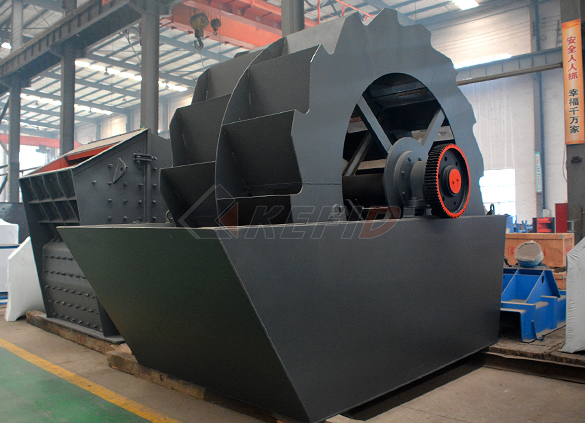
Wheel sand washing machine
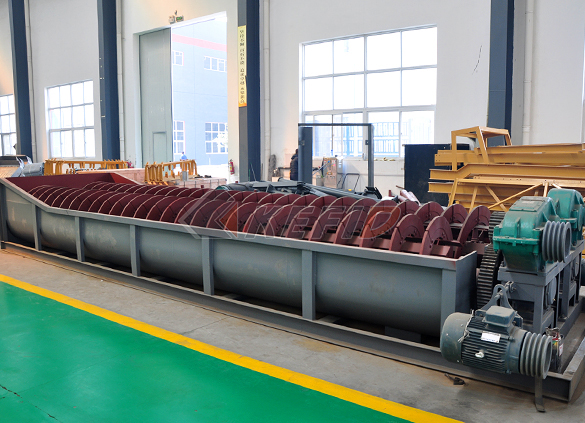
Screw sand washing machine

